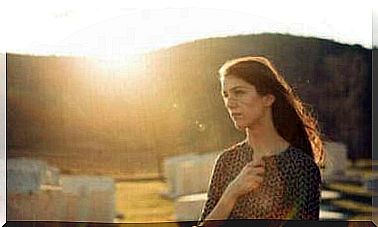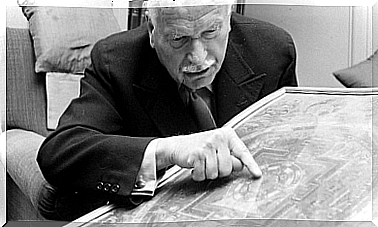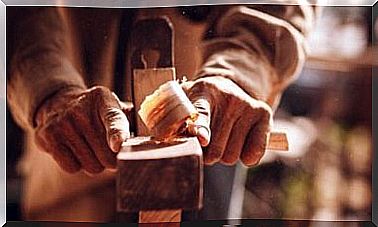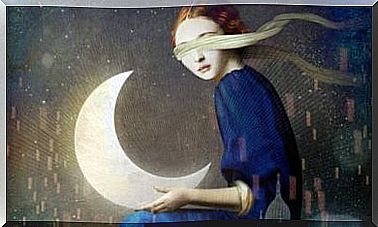Optography: 19th Century Macabre “science “
Strange beliefs and experimentation have led to many dark elements in history, such as optography – a “science” with which it was thought possible to capture murderers.
The 19th century was one of the most interesting periods in history. Social movements, industrialization, increased schooling and scientific progress led to many innovations and changes.
The people of that time had an enthusiastic interest in the afterlife, Sherlock Holmes novels and Jack the Ripper – one of the most infamous serial killers in world history.
Therefore, it is not surprising that this period gave rise to some very unconventional forensic methods.
One of the most famous and controversial tried to solve horrible crimes in a very “modern” way: by retrieving the last image recorded on the victim’s retina before the person died.
Although this idea may seem absurd today, you should remember that 19th century society hailed photography as something almost supernatural.
It was exotic, mysterious and even magical. In this context, it is not surprising that enthusiastic specialists tried to create optography – a photography-based science.
What is optography for “science”?
The word optography comes from two Greek terms: opto (of sight) and grapho (writing). Graduates of the University of Heidelberg in southeastern Germany were the first to use the term in 1877.
A physiology professor named Wilhelm Friedrich Kühne was the first to coin the term. A theory from colleague Franz Christian Boll aroused his interest in the subject.
The physiologist claimed that there was a pigment inside the retina that faded in the sun and reappeared in the dark.
The discovery opened the door to a whole new world of hypotheses and theories that promised to revolutionize forensic science.
Kühne was sure that optography would reveal the identity of the killer by analyzing the victim’s retina.
All you had to do was extract the retina and save the last image using the right chemicals.
The monk Christopher Schiener was in fact the first to analyze an optogram (the name given to the resulting images) over a hundred years earlier.
He dissected a frog when he discovered the last image it saw before it died. This made a great impression on the monk and marked the start of this controversial practice.
The cruelty of the invention
Kühne’s intentions may have been good, but we can not say the same about his methods.
He uses morally reprehensible, cruel and macabre techniques for his research (which unfortunately can be said about many of today’s animal experiments as well).
Kühne did not seem to have any barriers when it came to his work, because optography would change the world after all!
He used small frogs and rabbits for his experiments and forced them to look at extremely bright light for long periods, after which he cut off their heads.
He quickly took out their eyes and placed them in the dark in a closed room. There he cut out their corneas and put them in a chemical solution to preserve the pigment.
These horrors would probably not have been so common if Kühne had not achieved a certain degree of success.
He performed his most famous experiment on a rabbit, where he is said to have managed to capture its last image of a window.
Human experiments
In 1880, Kühne succeeded in fulfilling his greatest wish. An executioner at a local prison beheaded a prisoner convicted of killing an entire family. This allowed Kühne to experiment with human retinas for the first time.
He claimed that the analysis of the pigment showed a picture of the guillotine’s leaves, but some other researchers rejected his claim and said that the picture could just as easily show something else.
One year he published the book Observations for Anatomy and Physiology of the Retina. In it, he claimed that the experiments he performed were successful. Unfortunately, he had no scientific evidence for that.
Optography and how this science developed
In the end, the lack of evidence led to the fact that forensic medicine and the police stopped trying to use optography to solve crimes. However, this did not prevent the theory from becoming a modern myth that nurtured the imagination for years.
The myth of optography has inspired several books, movies and TV series. Famous writers such as Rudyard Kipling and Jules Verne included these ideas in their stories, as well as TV series such as Dr. Who.
People are fascinated by the macabre and can not resist it. But we are responsible for using our abilities in a reasonable and civilized way.
The world has many secrets, and man never ceases to reach for them.








